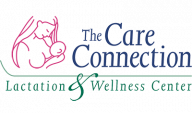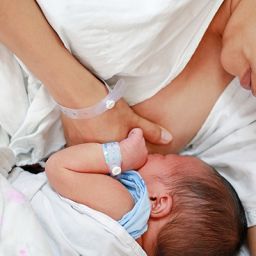Hand expression of your breastmilk is an important skill to have. Learning to hand express has proven to benefit both mom and baby in many situations.
In the first few days postpartum, hand expression has been shown to be more effective at removing colostrum than a breast pump. Colostrum as well as breast milk can be collected in a bottle or syringe to be given to your baby if needed.
Studies have shown that frequent hand expression during the first three days postpartum has a positive impact on milk production. The sooner a mother starts doing so the better.
Hand expression can be done anytime you need to empty your breasts, if you’re separated from your baby, or if your baby is unable to feed. It carries no documented risks to mother or baby. Hand expressing milk can protect milk production until the baby is ready to latch, promote oxytocin release, and provide thorough breast drainage without the need for any additional tools. We can use hand expression to help provide your baby with breastmilk while assessing the cause of latch issues.
During hand expression, a mother’s hands provide the body with the tactile and sensory stimuli it needs to release milk. Warmth and massage from mom’s hands aids in oxytocin and prolactin release. These are two hormones that work to produce milk and release it from the breast.
Many mothers find that they can combine a pumping session followed by hand expression to help drain the breast, yielding more milk. Hand expression can often be more comfortable for a mother than pumping.
Learning to hand express your milk can be helpful during times of engorgement, soreness, should you develop a blocked duct or be diagnosed with mastitis. As mentioned previously, it can often drain the breast more comfortably and efficiently.
Hand expression just prior to feeding can help evert the nipple and entice your baby to latch. It can also be helpful in removing milk prior to latching for a baby having difficulty managing milk flow.
- Using clean hands apply warm, moist heat to your breasts and massage
- Position fingers near your areola.
- Press back toward your chest.
- Compress fingers together to express milk, gently rolling downward
- Be sure to relax and get a rhythm going. It may be helpful to listen to sounds of your baby crying, listen to relaxing music, or look at a picture of your baby.
- After five minutes move fingers to a different position on the breast and repeat.
You can also visit the Stanford Medicine Newborn Nursery guide for additional information.







